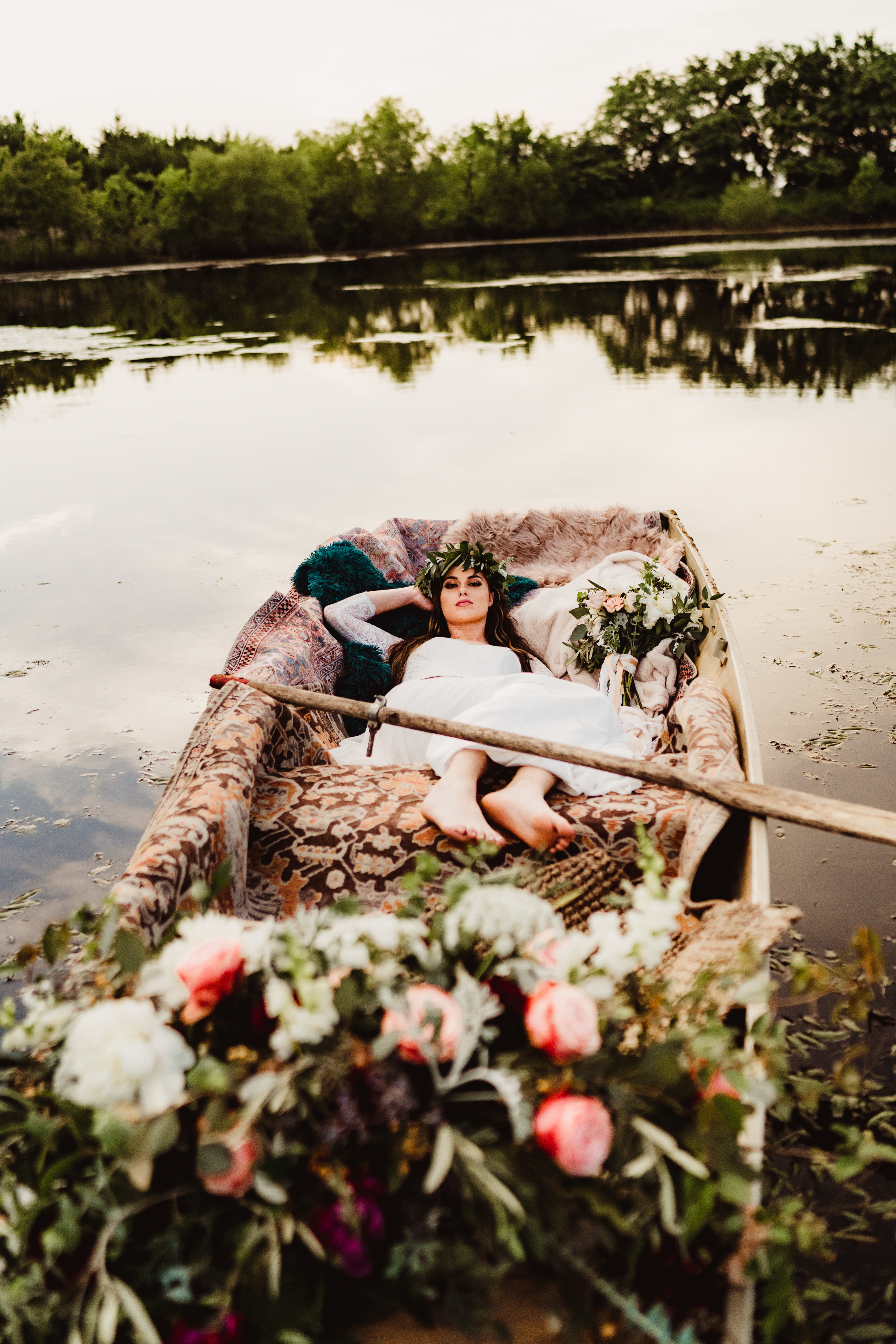
Is the Traditional Way destined to be YOUR way?
August 31, 2020
Wedding days are special occasions filled with traditions–from the “something borrowed, something blue,” to veils, bells, and being carried over the threshold. Many brides incorporate these traditions into their weddings–but how many contemplate the reasons behind them? Weddings are also filled with strong emotions–joy and hope, particularly, but also fear, as they are hugely significant, life-changing events. It makes sense that historically, people developed rituals and superstitions to help overcome their fears. Here, we take a moment to investigate the origins of some popular wedding traditions and superstitions.The rhyme, “something old, something new, something borrowed, something blue, and a sixpence in your shoe” dates back to the Victorian Era. Each of the five elements symbolize something the bride or newlyweds will experience, and they are thought to bring good luck to the couple.
Something old represents the bride’s ties to her family, and the continuity of the person she is as she transitions from single to married. Brides often select an heirloom piece of jewelry, handkerchief, or even a wedding dress from a previous generation. Something new represents the couple’s new life together and the hope that it will be prosperous. Many brides use their wedding gown or shoes to represent this item, though others use a new piece of jewelry instead. The “something borrowed” is an item that is supposed to be loaned to the bride by a happily married woman. By borrowing the item (usually earrings or a necklace), the bride is thought to also be borrowing the other woman’s good luck from her happily married life. The color blue in this case represents the long-lasting love, purity, fidelity and permanence of the marriage. One historical reference comes from ancient Israel, where brides decorated the fringe of their robes with blue to denote modesty. In the Catholic tradition, blue is associated with the Virgin Mary and consequently symbolizes purity and innocence. The blue items most frequently used in weddings are flowers, garters, and jewelry.
The last part of the rhyme is “and a sixpence in your shoe.” The sixpence symbolizes wealth, in both finance and relationships, and is often represented by a silver coin in the bride’s shoe. Another meaning attached to the coin stems from an old tradition in England in which a young man gave a woman a burnished coin engraved with his initials as a love token. In Sweden, the father of the bride often placed a silver coin in the bride’s left shoe and the mother of the bride placed a gold coin in her right shoe as a form of dowry.[Text Wrapping Break] Two other wedding traditions with their roots in superstitions involve the bridal veil and the practice of the bride and groom not seeing each other before the ceremony. In Ancient Rome, the bride wore a veil over her face as she walked down the aisle to disguise herself from evil spirits who might envy her happiness.
Not letting the bride and groom see each other before the wedding dates back to the time of arranged marriages. The parents of the engaged couple were afraid that if the couple saw each other before the ceremony, they might change their minds about going through with it. Many couples today ignore this superstition and even schedule photo sessions before the ceremony.
Two other wedding traditions that arise from superstitions involve the ringing of bells and the groom carrying the bride over the threshold of their new home. Like the bridal veil, they are concerned with avoiding bad juju from the spiritual realm. While the ringing of church bells after a wedding might seem merely festive, bells are traditionally chimed at Irish weddings to keep evil spirits away and ensure a harmonious family life. Some Irish brides even carry tiny bells in their bouquets as a reminder of their sacred wedding vows. The carrying-over-the-threshold superstition began in Medieval Europe, when many people believed a bride was particularly vulnerable to evil spirits through the soles of her feet. To avoid bringing in any evil spirits, the groom carried the bride into their new home.
Some wedding superstitions have origins that are easy to explain, while others are so bizarre we’re left scratching our heads. Here are a few that fall into this latter category.
According to one superstition, having a cat eat out of the bride’s left shoe one week before the wedding will bring good luck. Another good luck ritual, arising from the English Tudor tradition, is having all the male wedding attendants throw shoes at the newly married couple. In the Southern American tradition, couples who wanted to prevent rain from spoiling their nuptials would bury a bottle of bourbon in the ground exactly one month before the wedding.
Finding a creepy crawler in your wedding dress could be startling for some and terrifying for the arachnophobes among us, but one old wedding superstition says finding a spider in or in your gown means good luck on your special day. Contrary to its usual connotation, a black cat is considered a good omen if passed by the bride on the way to the ceremony. Other superstitions say that the couple will have good luck if the bride sees one or more of the following on the wedding day: a police officer, minister, physician, blind person, frog, dove, rainbow, or lamb. If, on the other hand, she sees a funeral procession, lizard, or pig, bad luck might be in store.
Now that you know the origins of some wedding traditions, both sentimental and strange, perhaps you can better decide if they are something you want to include in your own special day, or if they are better left to history.